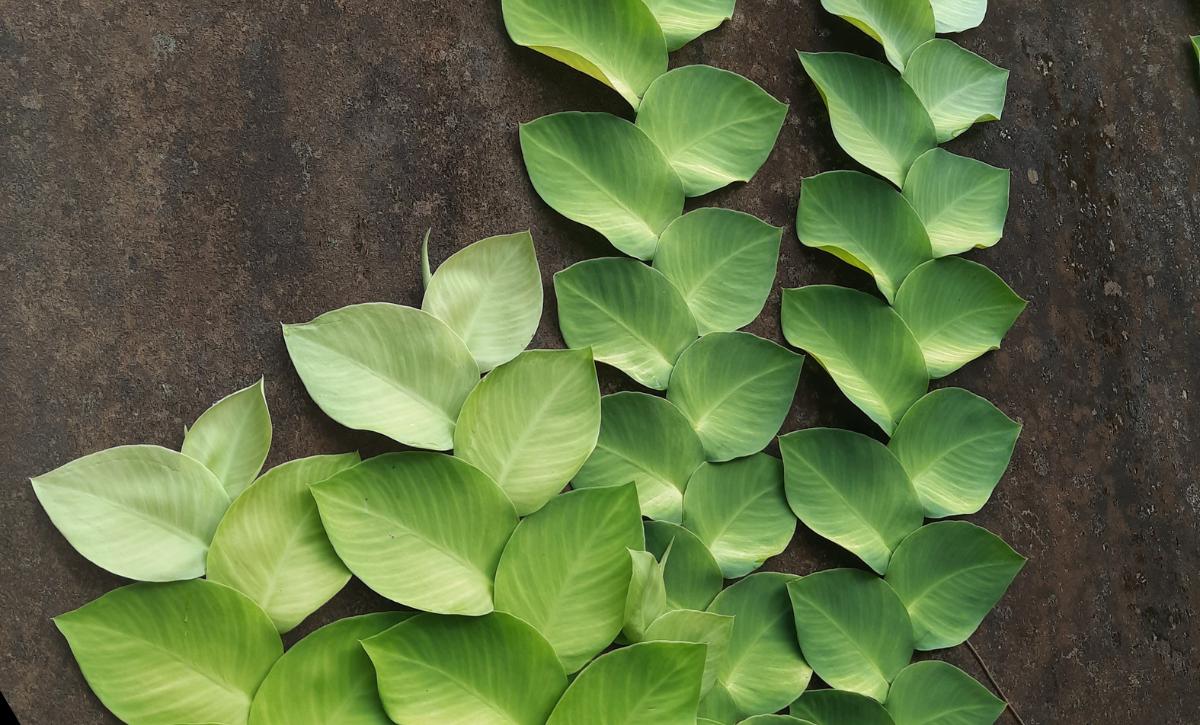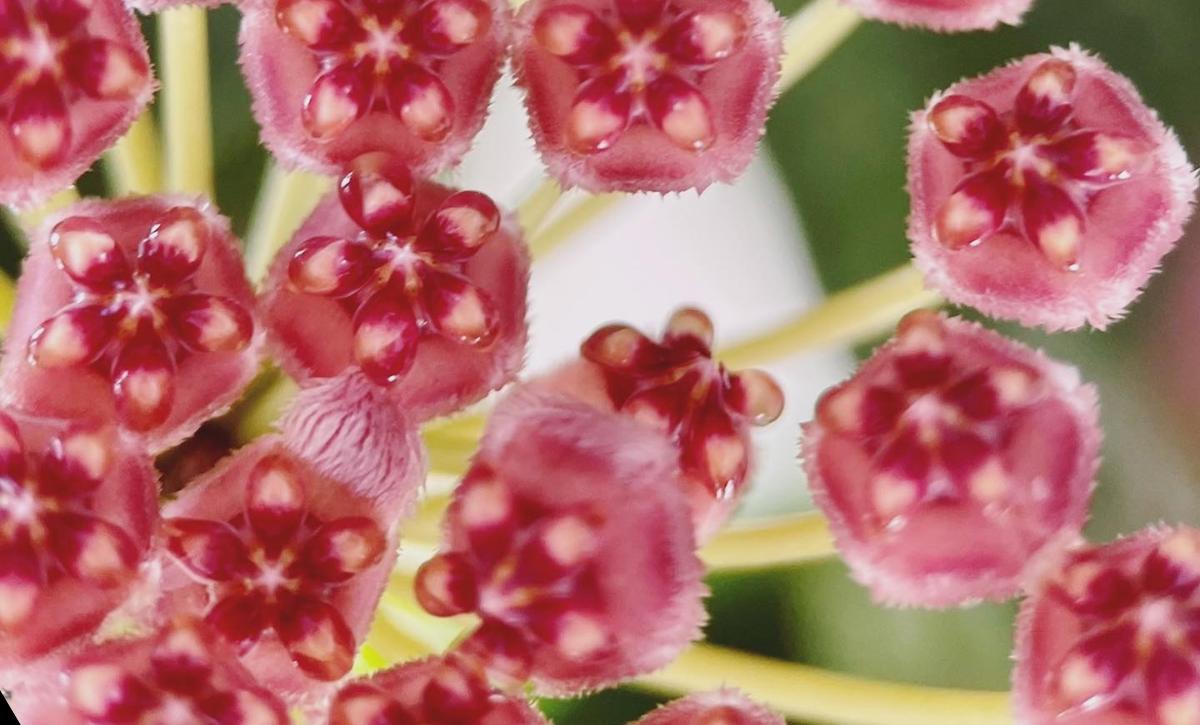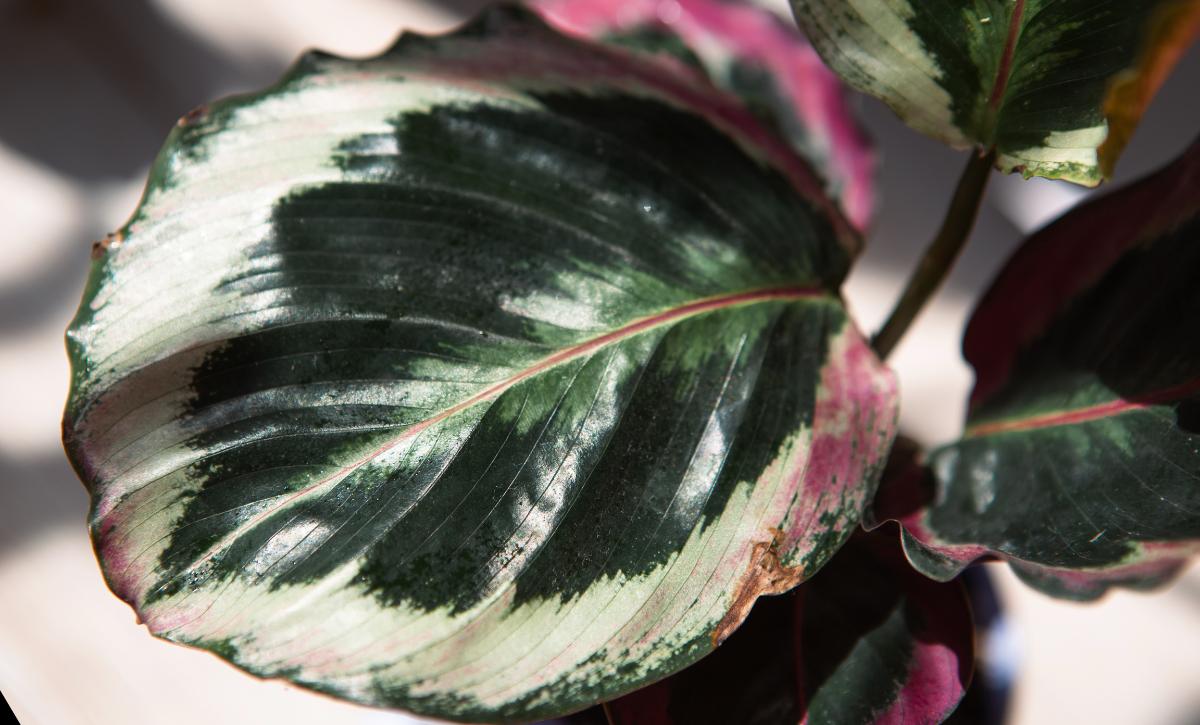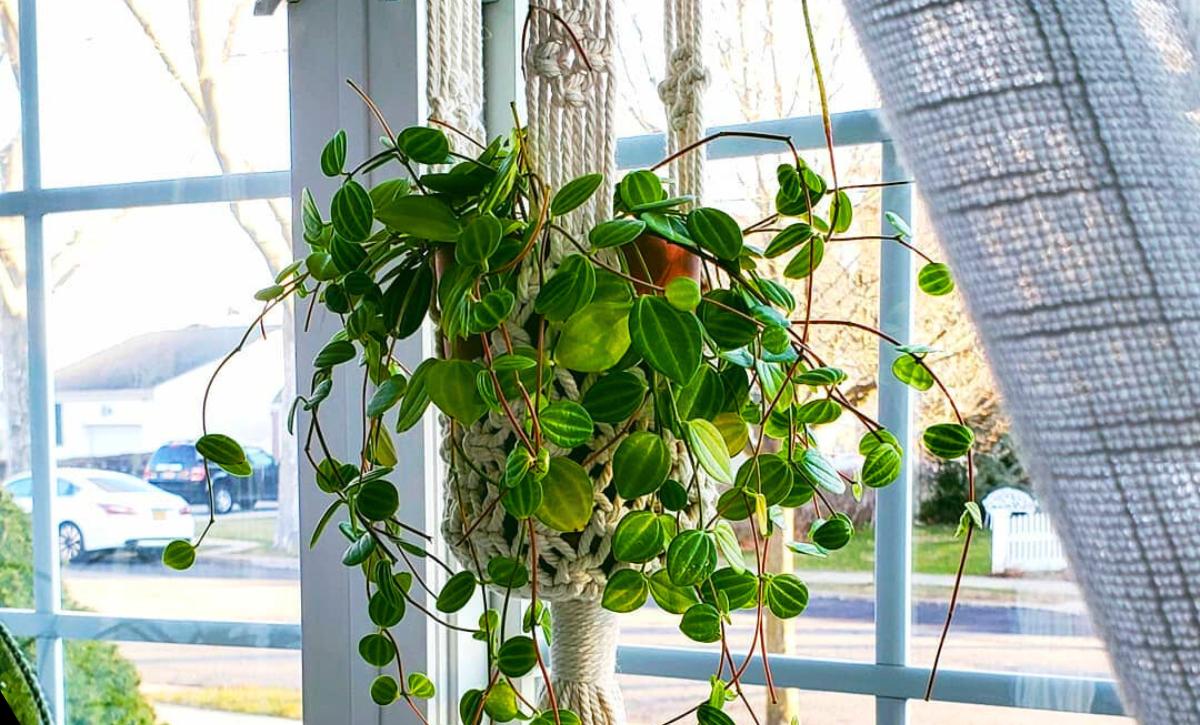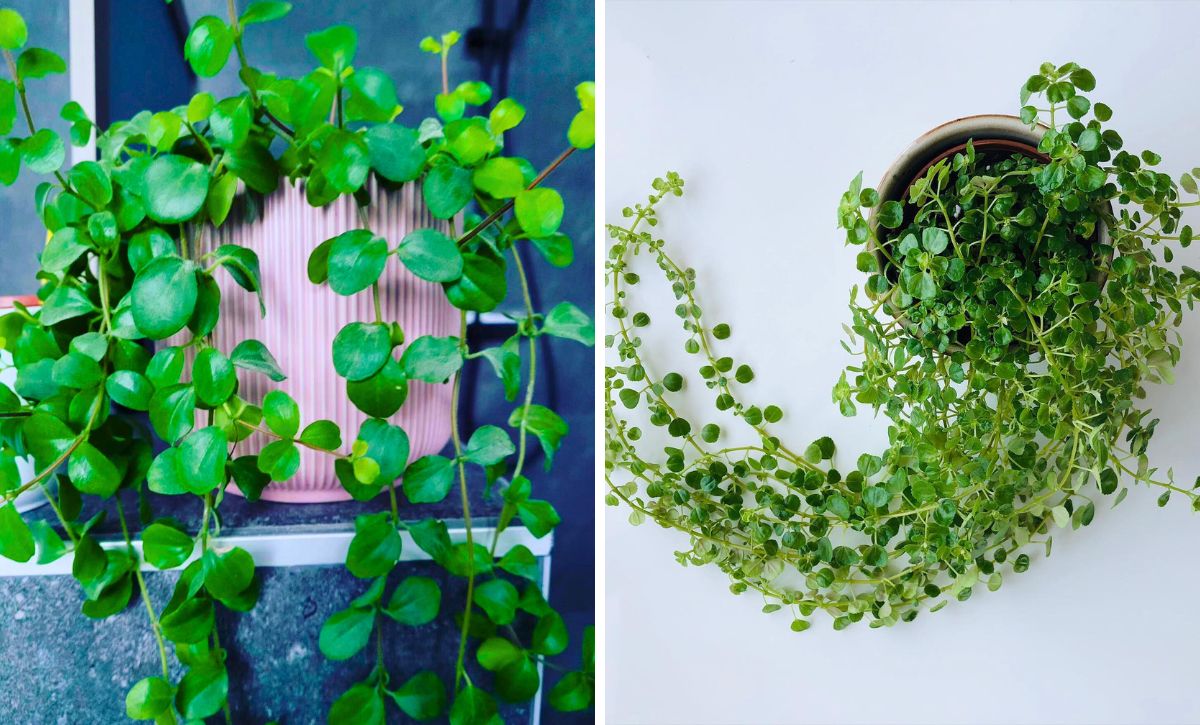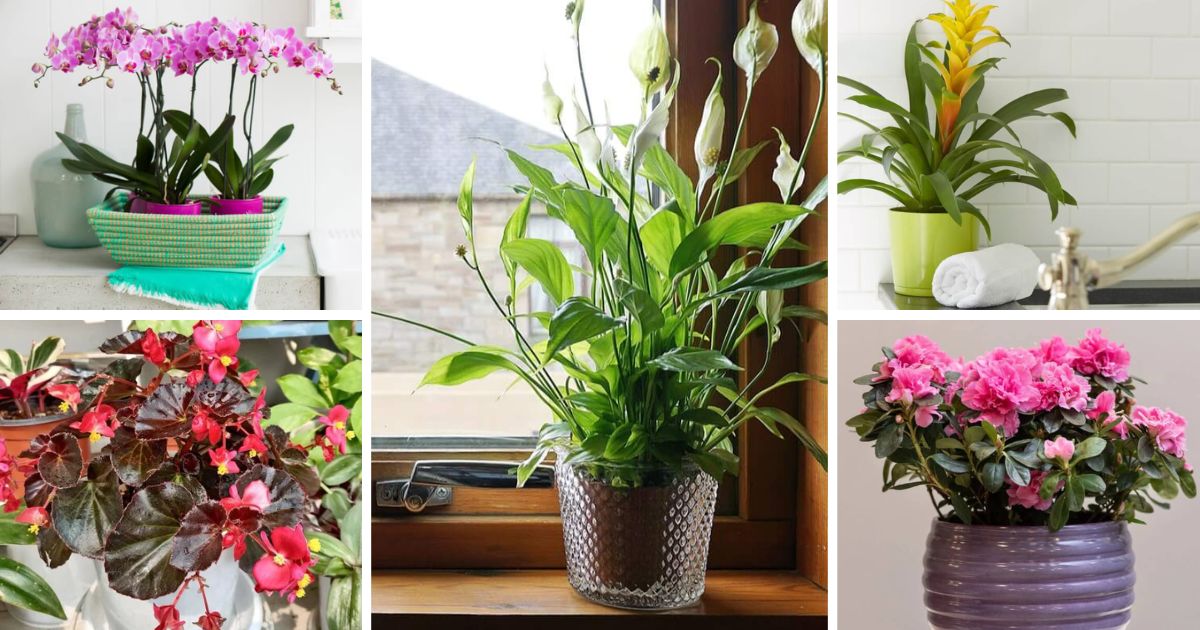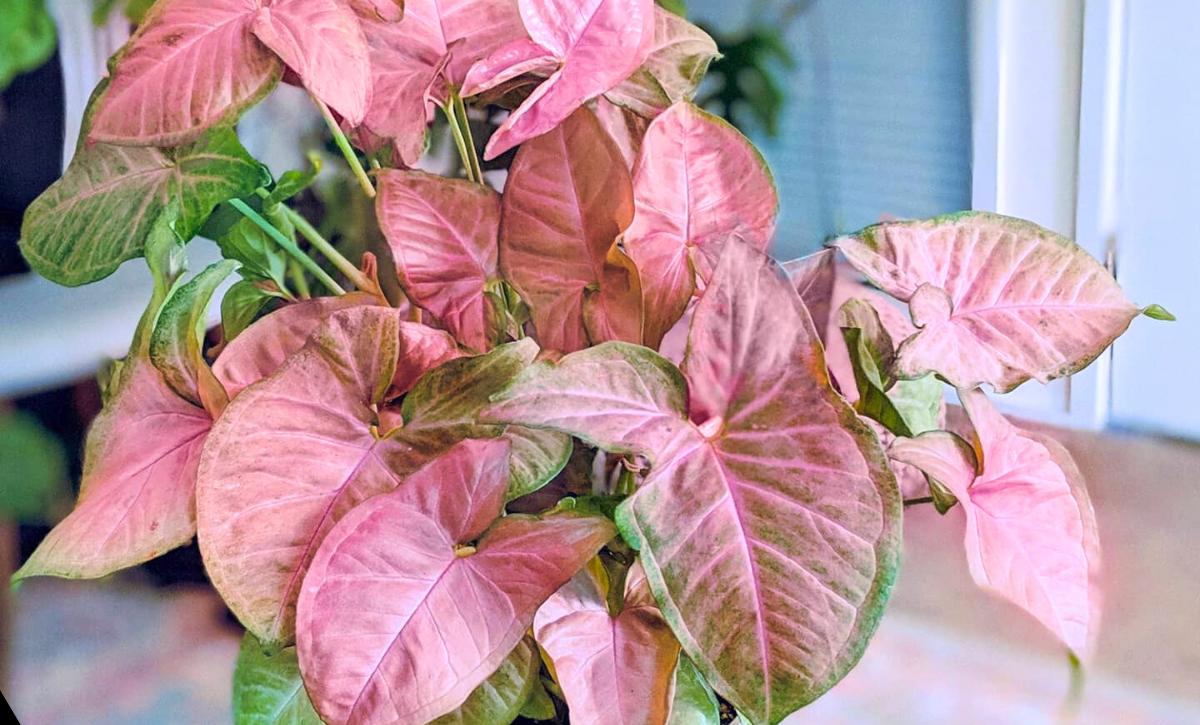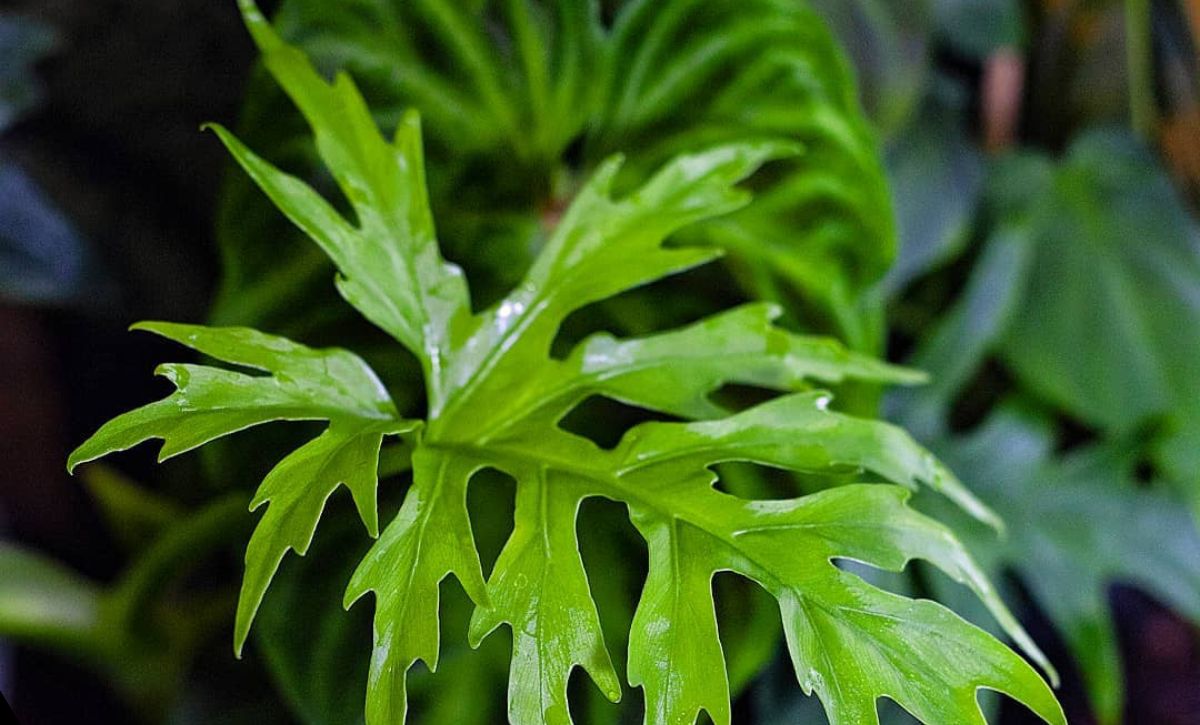Plants have always been my go-to when it comes to adding a touch of green to my home decor.
They significantly improve your house aesthetics, and at the same time, they bring a breath of fresh air that relaxes your mood.
If you are looking for such a plant, the tropical Xanthosoma lindenii might just be what you require.
Let’s have a quick overview of this visually striking plant:
| Scientific names: | Caladium lindenii, Xanthosoma lindenii, and Phyllotaenium lindenii |
| Growth rate: | Slow grower |
| Native habitat: | Colombia and tropical regions of South America |
| Size: | 2 – 3 feet tall |
| Toxicity: | Mildly toxic |
Although the plant is deemed toxic, it’s a great way to invigorate your decor. Place it out of reach of pets and children on a flower shelf.
This article will give you a detailed care guide for the Xanthosoma lindenii and some more fascinating facts about the plant.
Care of Xanthosoma Lindenii
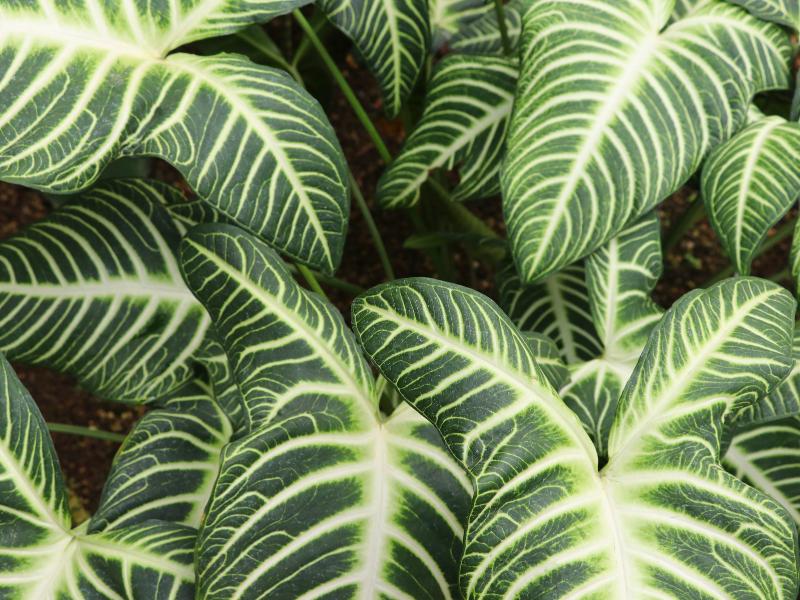
Also commonly referred to as caladium lindenii, the Xanthosoma only needs a few requirements. You need only provide it with enough water, a little bit of sunshine, and a well-draining medium for it to thrive.
This section will give an in-depth analysis of the plant’s basic and advanced requirements to give you the necessary information on how to grow your Xanthosoma lindenii successfully.
Light
The Xanthosoma lindenii requires medium to bright indirect light for it to flourish. Place the plant on a north or east-facing windowsill for the best outcome. However, you can still place it on your home’s west or south side if that is your preference.
But you should note that this plant can be scorched by direct sunlight. Therefore, try to keep it away from windows as much as possible. If you plan on growing the plant outside, be sure to provide it with a bit of shade to prevent sunburn from the midday sun.
Usually, trees provide shade to protect this plant from the sun in its natural habitat. You can mimic these conditions in your garden, or better yet, you can always use a shade cloth if trees are not possible.
Water
Caladium lindenii water requirements are relatively modest. Ensure the first or two inches of the topsoil are dry before watering the plant. It’s important to note that you should keep the soil from drying out completely.
Water your Xanthosoma continuously while allowing the excess water to drain via the potholes. Ensure your plant doesn’t sit in the water too long since it can cause root rot and other fungal diseases.
Carefully observing your plant as it grows is very critical. You can tell whether a plant is healthy by simply looking at it. For instance, a healthy Xanthosoma will have leaves that stand upright. Conversely, drooping leaves indicate that your plant needs more water.
Minimize your watering during the winter season. This is the season the plant enters dormancy, making it more prone to overwatering.
Humidity
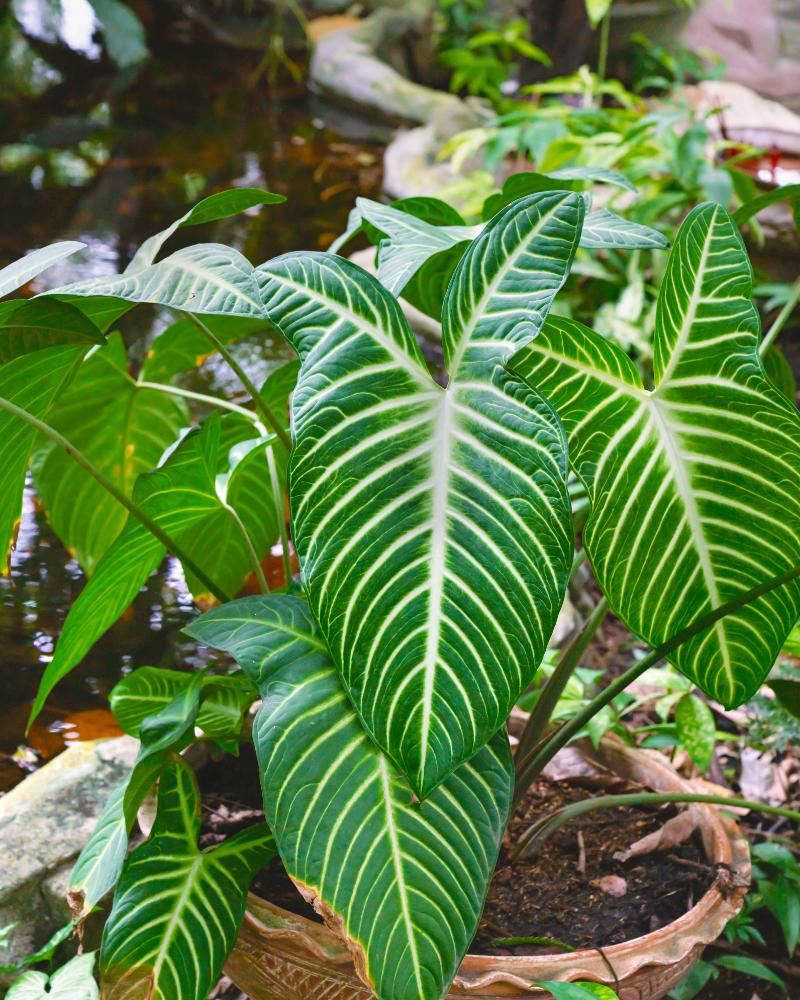
The Caladium lindenii is a tropical plant that loves very humid places. Houses and flats usually have low to medium humidity, which you must raise to allow your plant to thrive.
There are several ways you can go about this.
The most commonly adopted method is misting. Allow the plant’s leaves to completely dry before your next misting. Be careful not to overdo it since excess water on the foliage can cause fungal diseases.
The second, and my preferred one, is using a humidifier. Simply go to your local store, get a quality humidifier, and save yourself and your plant all the hassle.
Temperature
The Xanthosoma lindenii does well in room temperatures, between 18 and 24℃ (65-75℉). If the temperature is below 21℃ (70℉), the Xanthosoma will cease producing tubers that store organic content and nutrients needed for its growth.
Another critical factor you should consider is consistency. Abrupt temperature changes can significantly harm your plant. Close your windows and seal any openings during cold weather to safeguard your plant against cold drafts.
Also, keep your plant away from heat vents to prevent its foliage from drying out.
Soil
The Xanthosoma thrives in a fertile, well-draining medium. Your soil also needs to be well-aerated, and it would be best if it was slightly acidic.
A standard commercial aroid potting mix is recommended, and you can buy it at your local store. If you don’t have access to the mix, don’t worry! You can make it yourself.
Improve the drainage of your potting mix by adding perlite or vermiculite. Add horticultural charcoal, coco cor, and orchid bark to eliminate impurities and improve aeration.
Since caladium lindenii loves moisture, incorporate peat moss or sphagnum to your potting mix. The moss helps retain moisture and provide it to the plant when needed.
Ensure your soil is rich in organic matter and nutrients. You can increase minerals in your soil by adding worm castings if you think it lacks nutrients.
Fertilizer
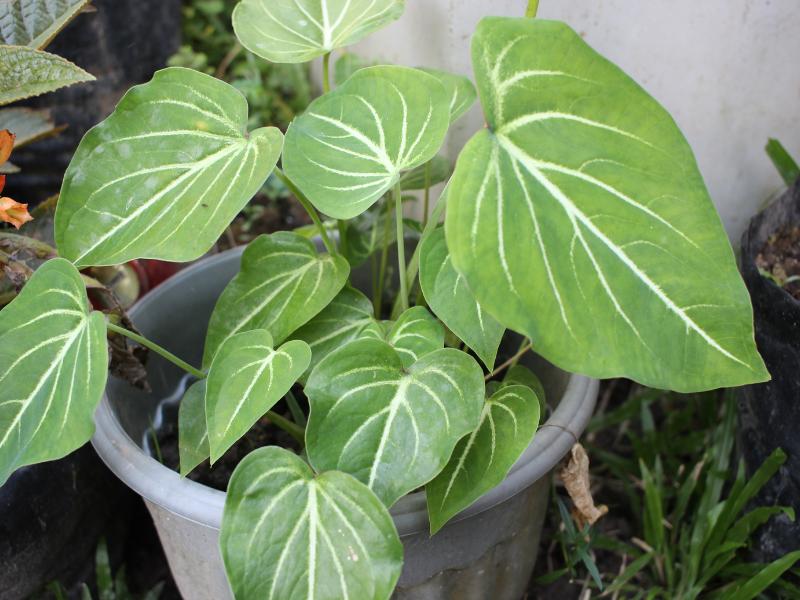
Apply fertilizer during the growing season, which is normally in spring and summer. The Xanthosoma enters dormancy during winter, and any extra food you give will be useless.
Water-soluble liquid fertilizers are best recommended for the plant. Dilute the fertilizer to half-strength using water before giving it to your plant. This prevents overfertilization and fertilizer build-up, which can severely damage the plant’s leaves and roots.
Finally, choose a general-purpose fertilizer specifically modified for houseplants, and remember always to follow the instructions on the package.
Pruning
You don’t really need to prune this tropical plant. Still, it would be best to cut off old and dry foliage to allow new ones to grow.
The good thing about this plant is that it doesn’t grow too tall. So, you do no need to worry about pruning it all the time to fit your desired area.
Need a bouquet? The Xanthosoma leaves have unique patterns and will be a great addition to your floral arrangements.
Whether getting rid of dead leaves or harvesting the foliage, always cut the leaves at the soil line.
Cleaning
Always clean your Xanthosoma to maintain its beautiful look. Wipe the dust off the leaves using a wet cloth. This will also raise your plant’s humidity!
Ensure you dry the foliage after wiping off the dust. Also, wait until they’re completely dry to spray them with water. Otherwise, it can cause fungal diseases. Avoid wiping the leaves with a wet cloth if they don’t have enough time to dry.
Time of Repotting
Repot your Xanthosoma lindenii during spring since it’s the beginning of the plant’s growing season. This gives the plant enough time to accommodate its new pot before it reaches the dormancy period.
The slow-growing plant won’t need frequent repotting. However, increase the pot size if you see roots coming out of the pot. Do this every year for the best results!
Use a fresh aroid potting mix and ensure your pot has drainage holes. Water the plant through and through for 24 hours before you repot to lessen any transplant shock.
Caladium Lindenii Propagation
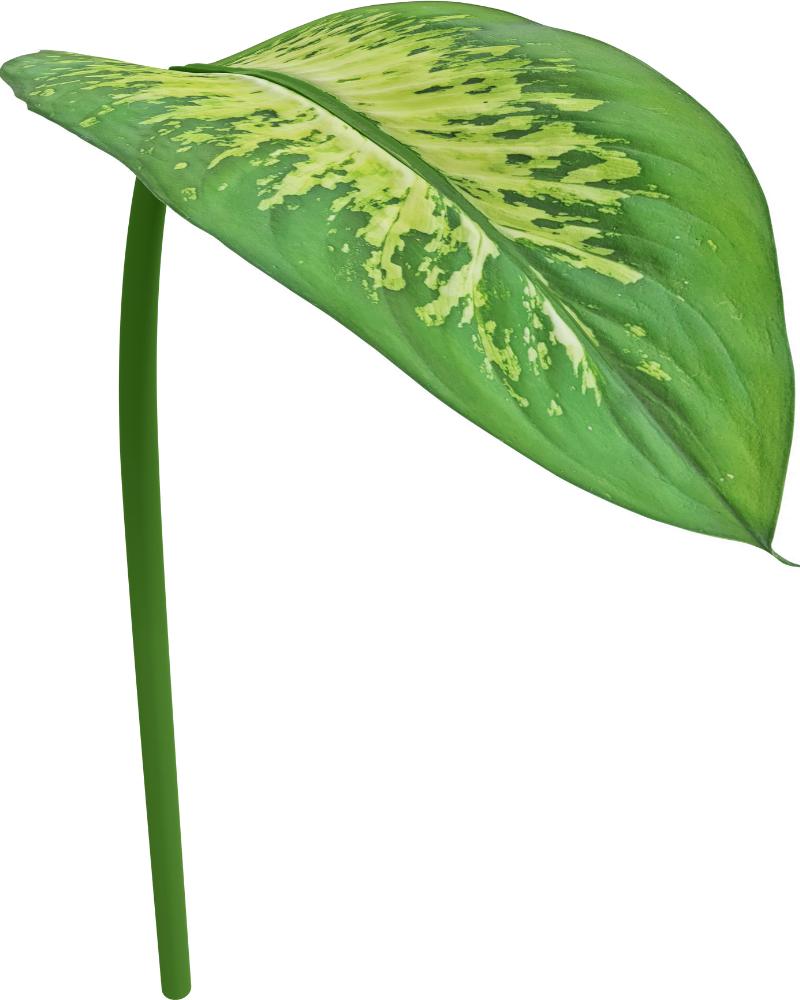
You can propagate the caladium lindenii through division, usually involving dividing tubers. If you are unfamiliar with this method, here are some simple steps you can follow.
Loosen the soil around the plant using a spade or your bare hands. Afterwards, lift your Xanthosoma lindenii and remove the dirt around the tuber.
Using a knife, gently lift the central bud of the tuber you want to replant. A tuber has a central bud and other branching buds. By doing this, smaller buds can produce more stems, giving you a glamorous-looking plant.
It would help to allow the tubers to dry for a few days before planting them for the best results.
Fascinating Facts About Xanthosoma Lindenii
In the previous section, we discussed taking care of the Xanthosoma lindenii. Now, let’s learn more about its appearance and history.
This section will feature some of the common problems associated with caladium lindenii and the solutions to those problems.
History and Origin
The Xanthosoma lindenii is a tropical plant belonging to the Araceae family. It has many scientific names, but it’s also referred to by more familiar names such as Spoon Flower, Yautia, Indian Kale, White Vein Arrow Leaf, and ‘Angel Wing’ plant.
These numerous names are a result of botanists continuously renaming the plant. Caladium lindenii is the commonly used name among its scientific names.
If you have yet to notice, one part of this name isn’t changing: lindenii. The plant is named after Jean Jules Linden, a Belgian botanist who discovered the plant in Colombia.
Caladium lindenii’ Magnificum’ or Xanthosoma lindenii’ Magnificum,’ is the most famous cultivar of this plant.
Finally, colocasia, alocasia, and caladium are all referred to as elephant ears. The care guide for these plants is similar, so whether you’re growing colocasias or alocasias, you can use the tips we discussed in the article.
Xanthosoma Lindenii Features
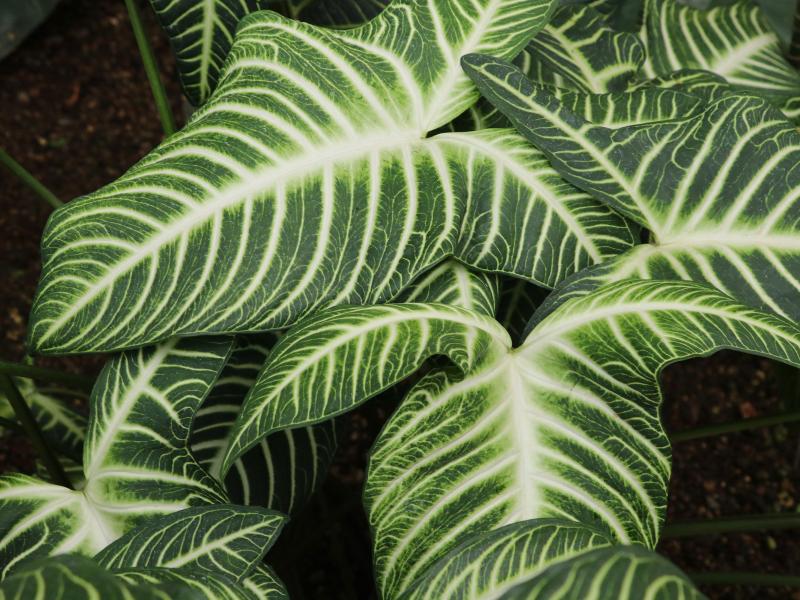
This plant has remarkable arrowhead-like green leaves streaked with creamy/white veins. The leaves’ color can vary from yellow to deep green.
The plant can also produce flowers during summertime. However, they cannot compete with the striking beauty of its foliage. Flowers of this plant resemble calla lily flowers or tiny trumpets, where the green spadix is surrounded by white petals.
Common Problems
Even though Xanthosoma lindenii is a resistant plant, it may still be affected by issues like fungal diseases and pest infestation.
The following are solutions to your most common problems with your Caladium lindenii.
Pests
The Xanthosoma lindenii usually is resistant to pest invasion. However, if you notice thrips, whiteflies, aphids, and mealybugs, here’s what you can do.
Separate the affected plant from your other plants to avoid spreading the infection.
If there aren’t many pests and the infestation is relatively new, try picking them off one by one. Still, you can use a Q-tip or cotton swab dipped in alcohol to eliminate the pests.
Best to keep in mind that alcohol can harm your plant, so it’s best you stick with neem oil and insecticidal soaps.
Diseases
Root rot is one of the most common diseases the Xanthosoma lindenii is susceptible to. If this occurs, remove the infected roots and replant your Xanthosoma. Also, you need to reduce the watering.
Most caladium lindenii diseases attack the tubers and are caused by fungi such as Rhizoctonia and Pythium.
Dip the tubers in water heated to 50℃ (122℉) before planting them to prevent disease development in your new plant,. Leave them submerged in the water for about half an hour before drying them thoroughly.
Xanthosoma Lindenii vs. Colocasia
Xanthosoma lindenii, with its arrowhead-shaped leaves adorned with striking white veins, tends to be more tolerant of lower light conditions and less frequent watering than Colocasia, which is known for its larger, heart-shaped leaves that often require more moisture and humidity to thrive.
Colocasia, sometimes called “elephant ears,” generally prefers a warmer, more humid environment, making it a bit more challenging to care for indoors compared to the somewhat hardier Xanthosoma lindenii.
Thus, for indoor gardeners seeking a tropical aesthetic with fairly easier care requirements, Xanthosoma lindenii might be the preferable choice.
FAQ
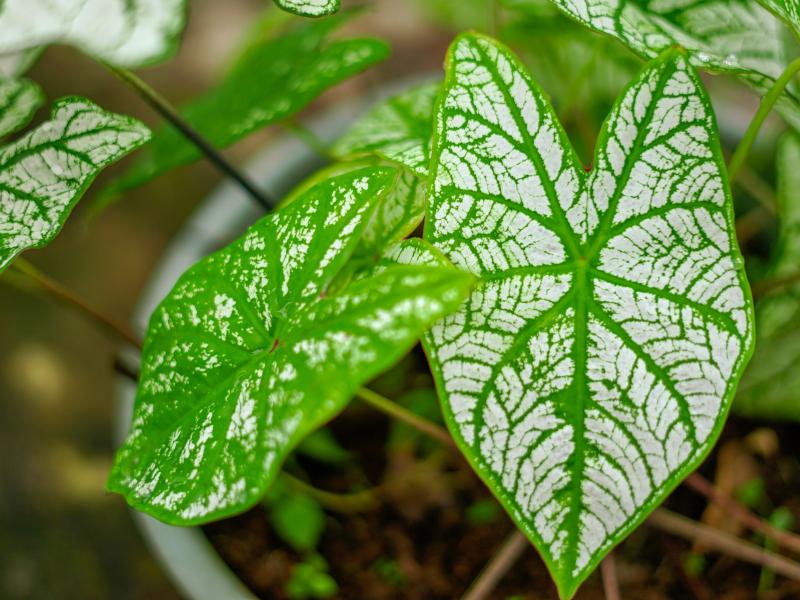
We have discussed a lot about the Xanthosoma lindenii. But guess what? There are still some more interesting facts about this plant.
Let’s look at some of the answers to frequently asked questions about this unique tropical plant.
How long do xanthosomas last?
Xanthosomas have a lifespan of one year. Even though these plants are perennials, they can’t survive the cold. Hence most gardeners grow them as annuals.
If you keep them indoors, however, xanthosomas can last much longer, especially if you take good care of them.
What is the difference between amorphophallus and xanthosomas?
Amorphophallus and xanthosomas are different genera of the Araceae family.
Xanthosoma is a genus mainly cherished for its leaves, and most varieties are grown as houseplants. This genus is also toxic if ingested and has calcium oxalate.
On the other hand, amorphophallus are flowering plants that are non-toxic. Some of them are even edible.
Are Xanthosomas rare?
The Caladium lindenii is a rare plant but also easily accessible. The plant’s natural habitat is the Magdalena River Valley, located in the Andes Mountain rainforests in Colombia.
Still, you can buy the plant online for as little as $25 and beautify your home elegantly.
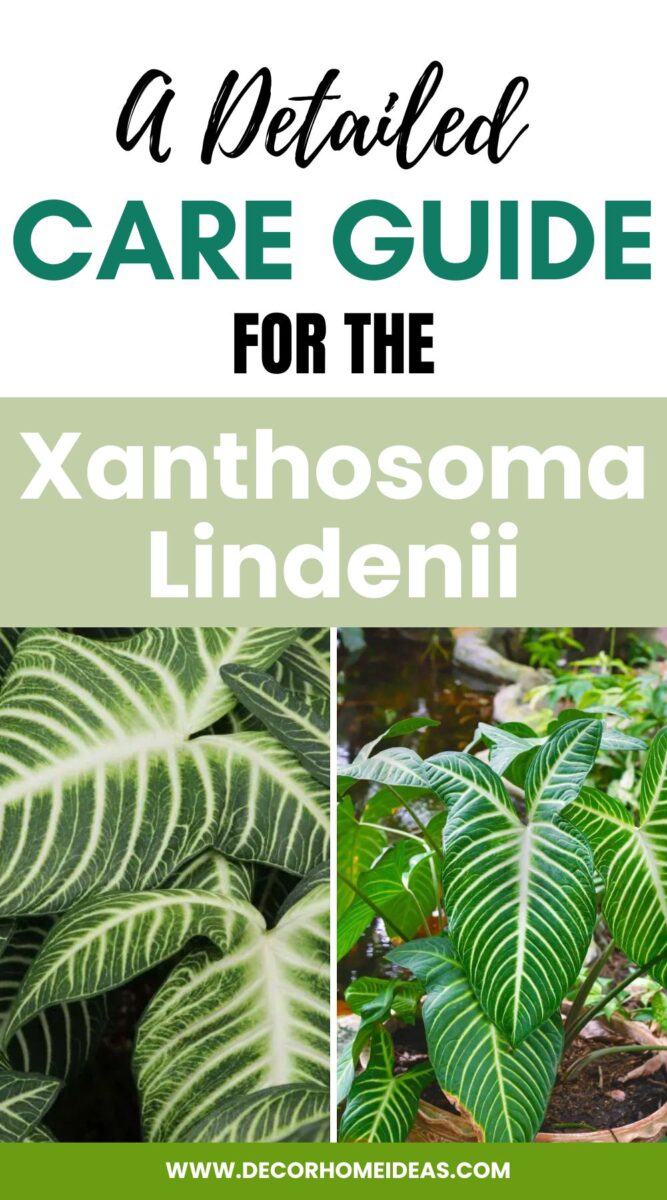
Final Thoughts
The Xanthosoma lindenii is a popular plant in many households, and its leaves are a sight to behold.
We have discussed your plant’s primary care needs to grow successfully. Ensure you provide your caladium with bright indirect light and avoid overfertilization and overwatering to protect its beautiful foliage.
We have also shared tips on propagating your Xanthosoma and dealing with everyday problems that may affect your plant.
We hope this information will be helpful in your Xanthosoma lindenii experience.

